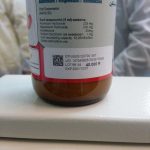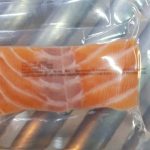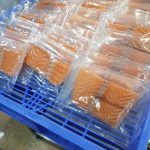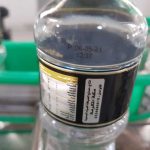Printable materials
Printable materials > Plastic
Plastic
Printing on plastic involves a 0-10 second drying time, depending on the type of printer.
From an industrial printing point of view, all types of plastic fall into the macro-category of non-porous surfaces. For instance, polypropylene (PP, also known as polypropylene) is a thermoplastic polymer very difficult to print and requiring a considerable drying time, especially when it doesn’t feature the corona pre-treatment (this treatment increases the surface energy of films and sheets of plastic, paper and polymers, to improve ink, coating and adhesive substance anchoring. It also improves the printing quality, allowing higher pressure speeds and less waste).
Among the other types of plastic materials most widely used in industrial packaging there’s polyvinyl chloride, or PVC. It is the most important polymer of its series, obtained from vinyl monomers, and it is one of the mostly used plastic materials in the world.
Non-porous materials, which also include plastic, can be printed, coded or marked with all our rotary markers (WPNP, CLP, MIDSIZE, MINI CODER, HPNP), using MT disposable cartridges.
Even the Euromps ELF series inkjet printers, the ZJ printers (Essential, Dynamic, Ultra) , the Squid Ink printers, from the smallest SquidInk Copilot 128 to the biggest SquidInk Copilot Max, as well as the Hot Quick Coder and its disposable hot rolls cartridges, can meet these printing needs.
Euromps and its wide range of products and technologies, offers the best solutions for:
- manual plastic coding;
- automatic plastic coding;
- plastic stamping;
- manual plastic marking;
- automatic plastic marking.
- QR code tracing
- Print sample on flow pack
- Flow pack wrapping
- Bottle plastic printing sample



